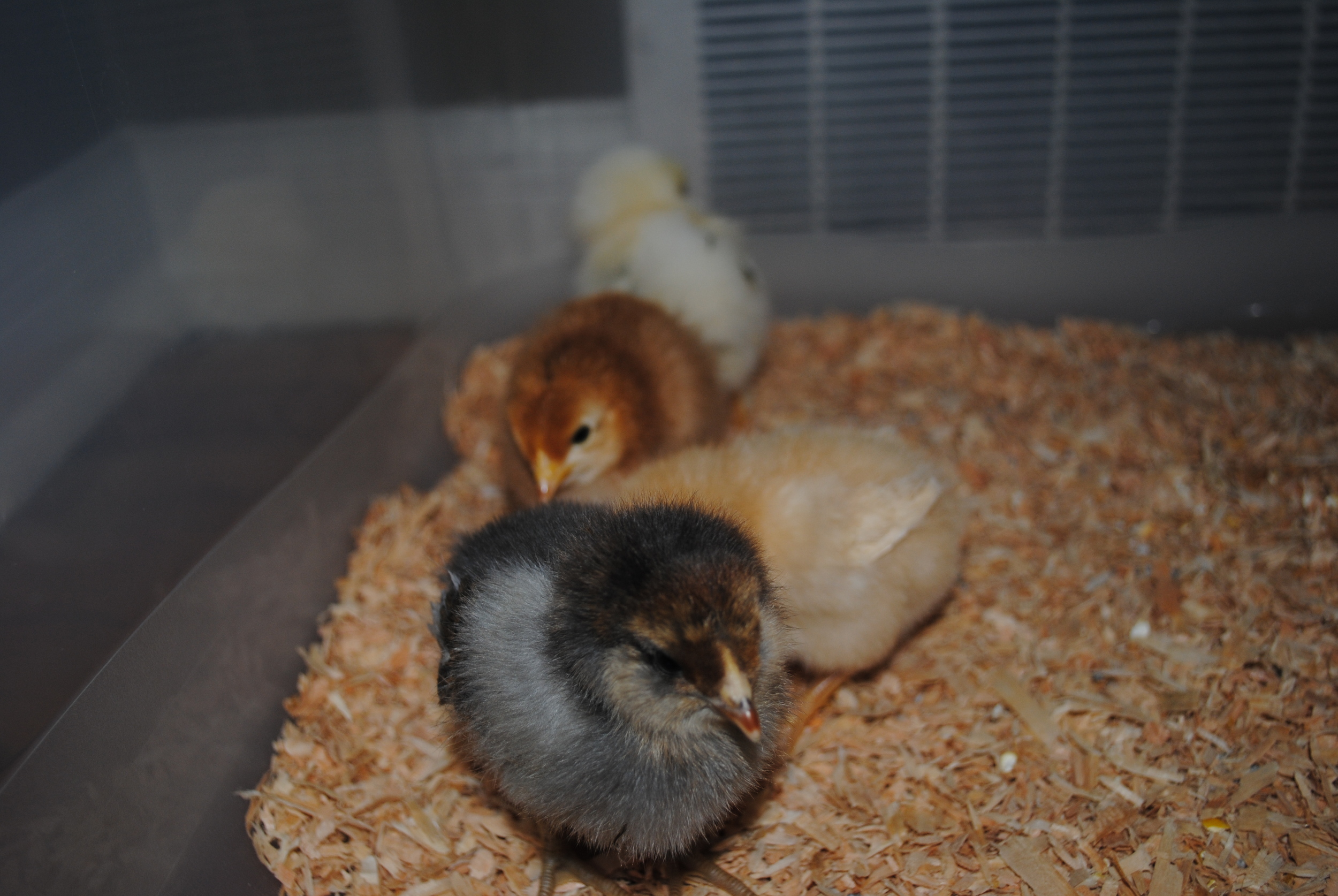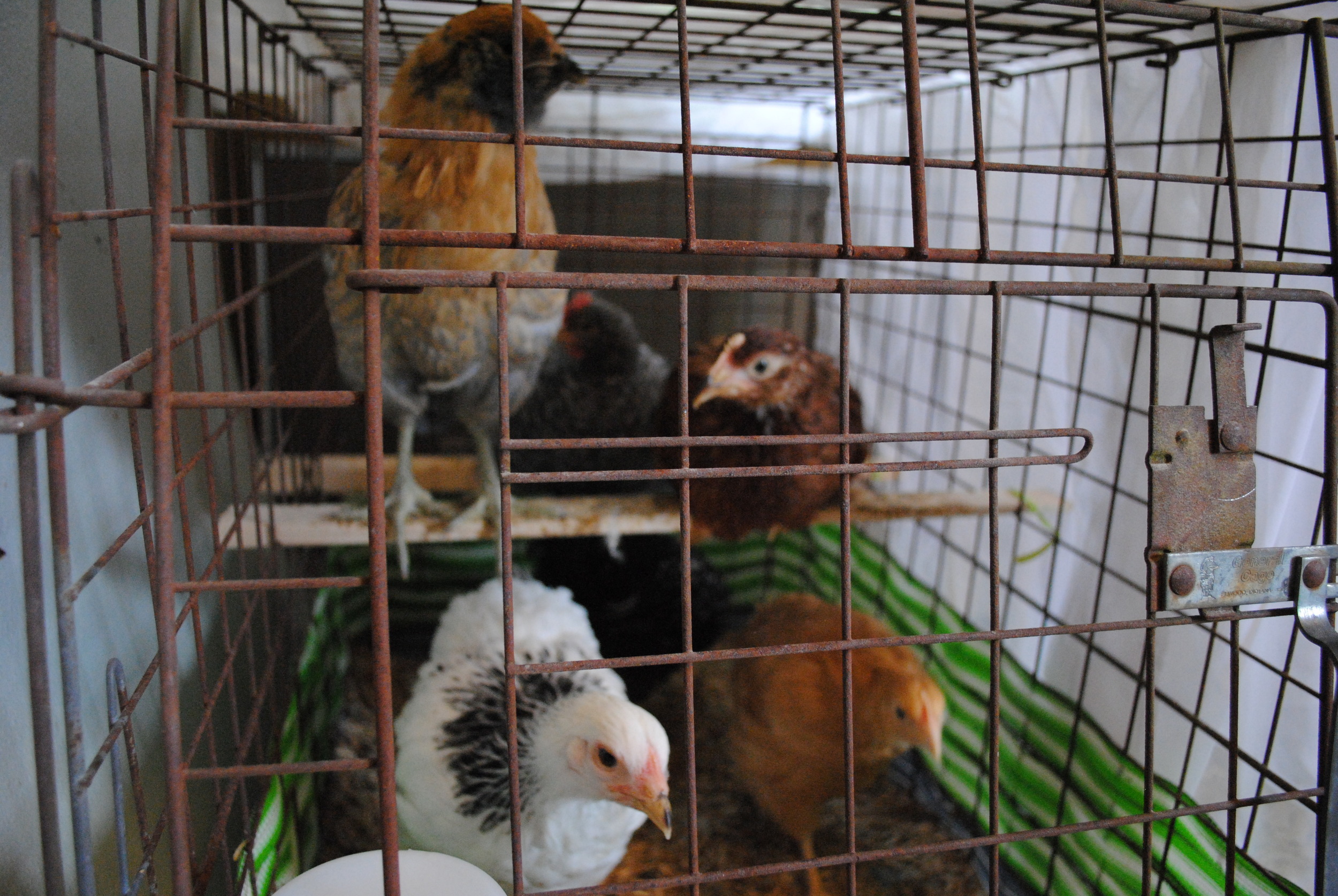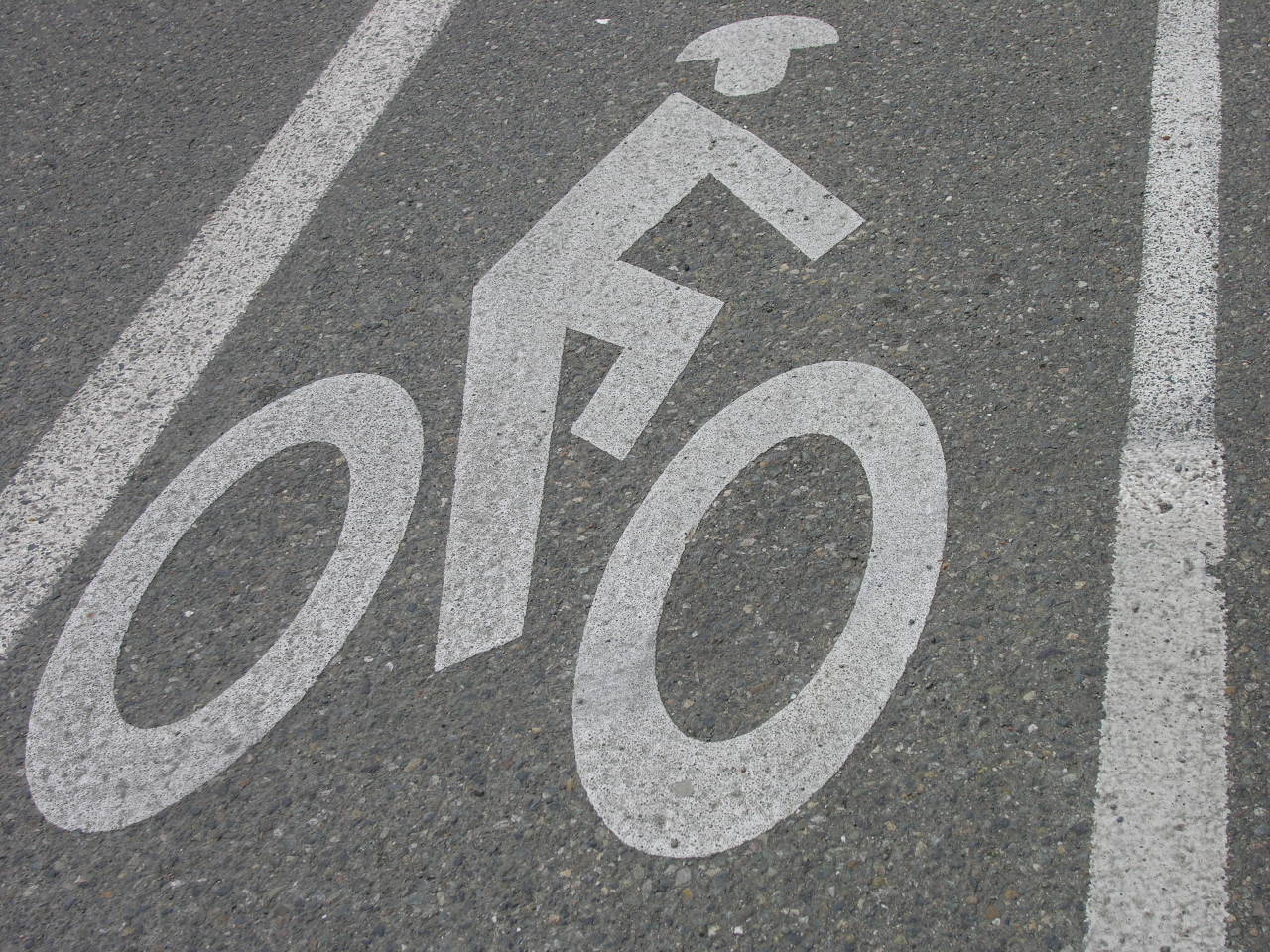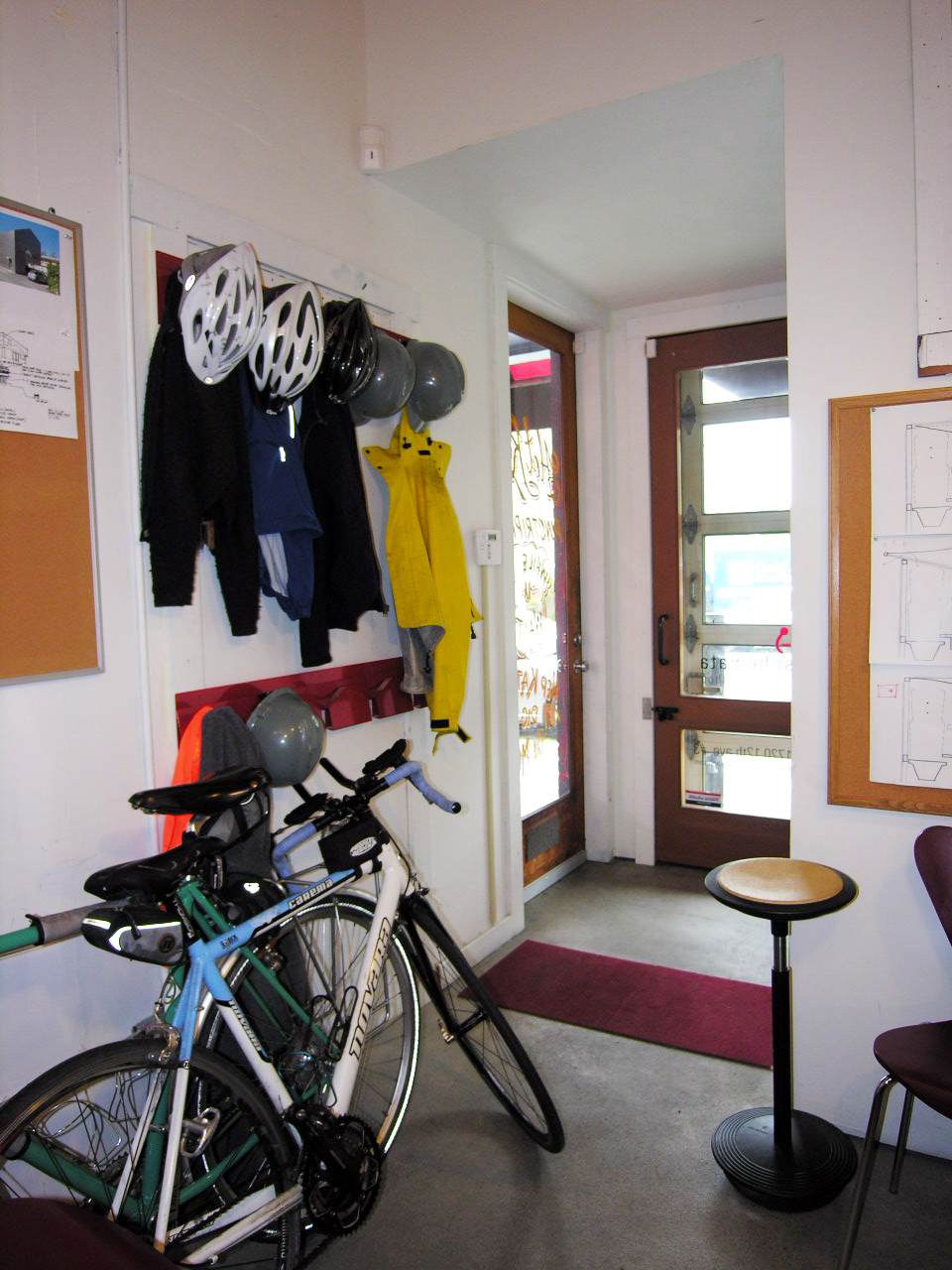Sustainability and community are at the core of our practice. Achieving sustainability at the scale of the neighborhood is achieved over time and as the Portland Sustainability Institute reminds us and "...is the legacy of a generation, not the outcome of a single initiative or investment." At Schemata Workshop, we are engaging our community to build and steward long-term commitments to not only sustainability, but truly regenerative design by which we can actually improve the ecology of a place.
Toward this goal, we aspire to empower citizens to create and manage design and sustainability efforts in our community. Our work with the community on Design Recommendation Guidelines for the Capitol Hill Light Rail Station proved that this is possible and that residents are ready to take part in shaping our community. While boundaries are often blurred, the neighborhood is a scale at which citizens are empowered and impacts (both positive & negative) are readily visible. Our interest in positive change in our community continues to be the core reason for our involvement with the Capitol Hill (CH) community through the 12th Avenue Initiative, CH Chamber, CH Community Council, 12th Avenue Transportation Safety Committee, Seattle Central Community College Advisory Board, among others.
People matter most. We all will generally admit that, but it’s been strengthened over the past decade through our work with cohousing communities, our experience on the board of the National Cohousing Association, our work on a variety of community centers, our participation at Housing Washington, and our work in support of local housing developers. A sense of community is critical to achieving social cohesion and connections to people committed to sustainability goals.
Schemata Workshop, and I personally, have signed on as a founding member of the Seattle 2030 District as my commitment to helping the City, and building owners in particular, achieve carbon neutrality by 2030. While Capitol Hill was identified as Phase 3 of the district expansion, the opportunities here are great, the time is right and I continue to advocate for including Capitol Hill as the group moves forward with Phase 2.
Here's a link to a short video describing the efforts of a number of individuals and organizations (Don't blink, but Grace & I show up just before the 3:00 minute mark):
Keep an eye on our website and blog for more on the topic as we begin to articulate what we're up to on issues related to sustainability.
Mike








